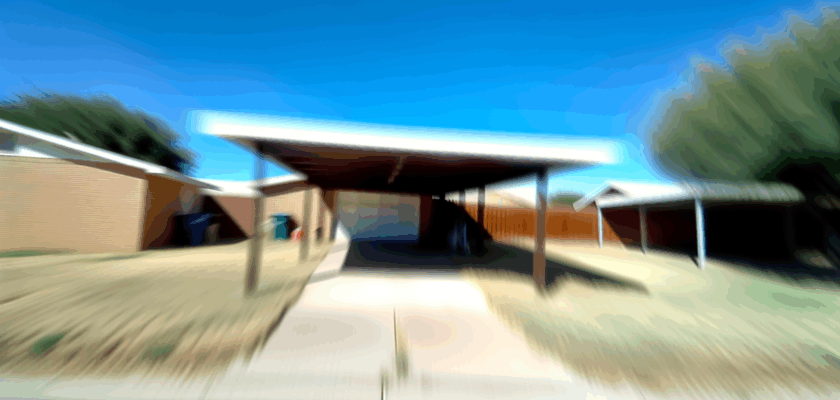Carports have become an increasingly popular alternative to traditional garages, offering affordable and accessible protection for vehicles against weather elements. Among the various designs available, lean-to, A-frame, and freestanding carports are among the most commonly chosen styles. Each type has distinct characteristics that make it suitable for different property layouts, aesthetic preferences, and practical needs. Understanding these designs can help homeowners and property managers make informed decisions about which carport style best fits their requirements.
Understanding Lean-to, A-frame, and Freestanding Carports
A lean-to carport is a simple structure that is directly attached to an existing building, such as a house or garage. This design consists of a sloping roof that leans against the wall of the structure, providing easy access and a compact footprint. Lean-to carports are ideal for properties with limited space because they utilize an existing wall for support, reducing the need for additional posts and materials. Their integration with the building also offers some protection from wind and rain on the side adjacent to the wall.
The A-frame carport, named for its roof shape resembling the letter "A," features two sloping sides that meet at a ridge in the middle. This style is free-standing and often symmetrical, offering a classic look that complements many architectural styles. The pitched roof allows for efficient water drainage and can accommodate snow loads in colder climates. A-frame carports are versatile and provide sufficient space underneath, making them suitable for larger vehicles or multiple cars.
Freestanding carports are independent structures that stand alone without attachment to any other building. They typically have a flat or slightly pitched roof supported by posts on all sides. This style offers maximum flexibility in placement, as it can be installed anywhere on a property with enough clearance. Freestanding carports are often used in open spaces or where there are no adjacent walls to lean on. Because they are standalone units, they can be designed in various sizes and shapes to fit specific needs.
Key Differences and Benefits of Each Carport Style
One of the primary differences between lean-to and the other two styles is its reliance on an existing structure for support. This makes lean-to carports more cost-effective and quicker to install since fewer materials are needed. However, they depend on the presence of a suitable wall and may limit placement options. Their proximity to the house also offers convenience, making it easier to access the vehicle during adverse weather.
A-frame carports stand out for their durability and aesthetic appeal. The peaked roof design prevents accumulation of rainwater and snow, reducing maintenance concerns. Furthermore, their symmetrical shape provides balance and stability in windy conditions. While they require more materials and installation effort than lean-to models, they offer greater versatility in site placement and vehicle capacity. This style is often favored by those who value a traditional look combined with practical functionality.
Freestanding carports provide the greatest flexibility in terms of location and design customization. Because they do not rely on any adjacent structures, they can be positioned anywhere on the property, making them ideal for larger lots or irregular spaces. They also allow for unique architectural designs, including multi-car shelters or carports with storage areas underneath. On the downside, the need for more support posts and materials can increase costs and installation complexity compared to lean-to options.
Choosing the right carport style hinges on various factors such as available space, budget, aesthetic preferences, and local climate conditions. Lean-to carports offer an economical and space-saving solution for properties with existing buildings. A-frame carports combine durability with classic design, suitable for a broad range of environments. Meanwhile, freestanding carports provide unmatched flexibility and customization potential, albeit often with higher costs. By weighing the key differences and benefits of each style, property owners can select a carport that effectively meets their needs and enhances their outdoor space.

